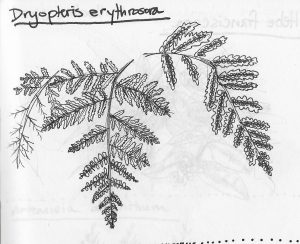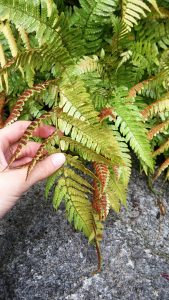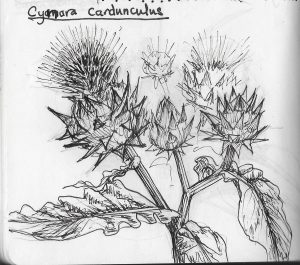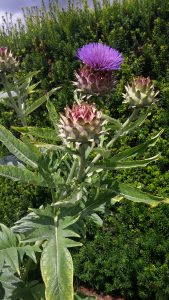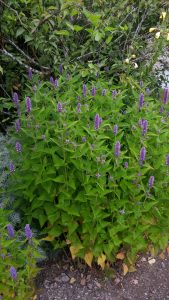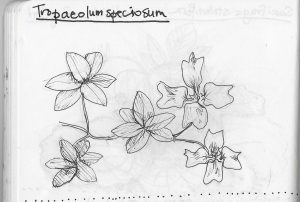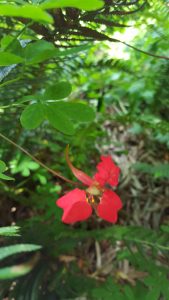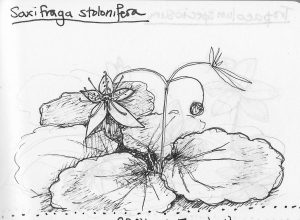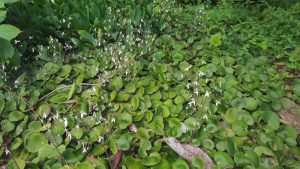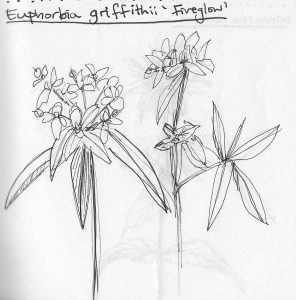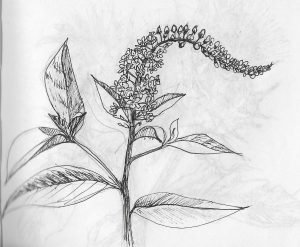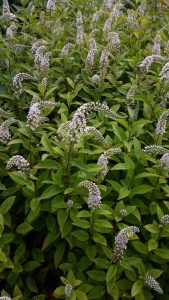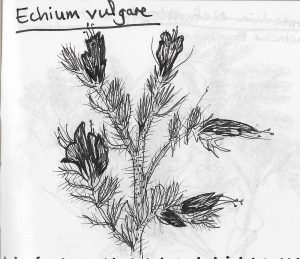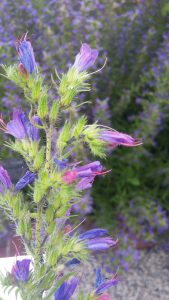
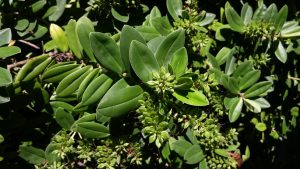
Common name: Francisca hebe
Family name: Plantaginaceae
Description: large leaved hebe with grey-green foliage and purple flowers.
Flower: Purple flowers
Foliage: Broad, oval, grey-green leaves decussately arranged with entire margins.
Growing conditions: Full sun; good drainage, good air circulation; needs overhead protection but no shade.
Height and spread: 2.5m by 3m
Limitations: Can’t tolerant shade very well.
Landscape uses: This shrub has a really nice texture. Rock garden, mid border, hedging, salt tolerant so can be used in maritime landscapes.


